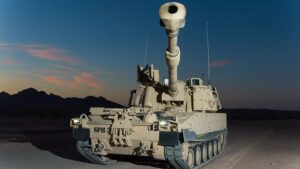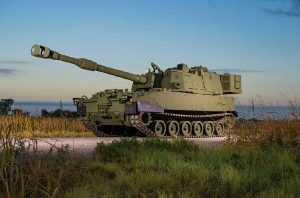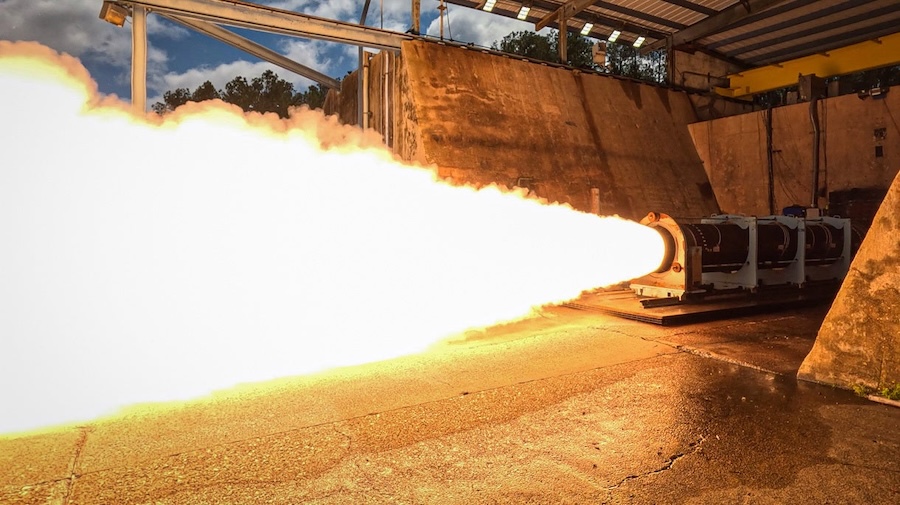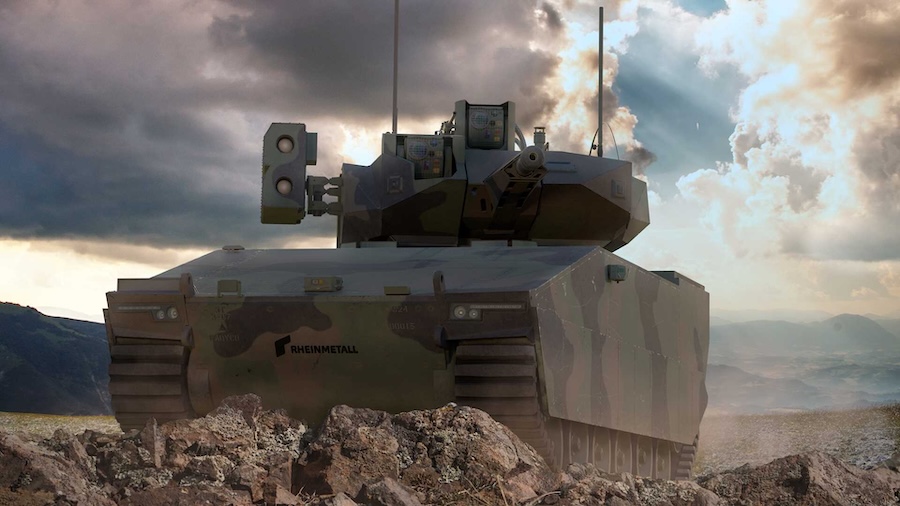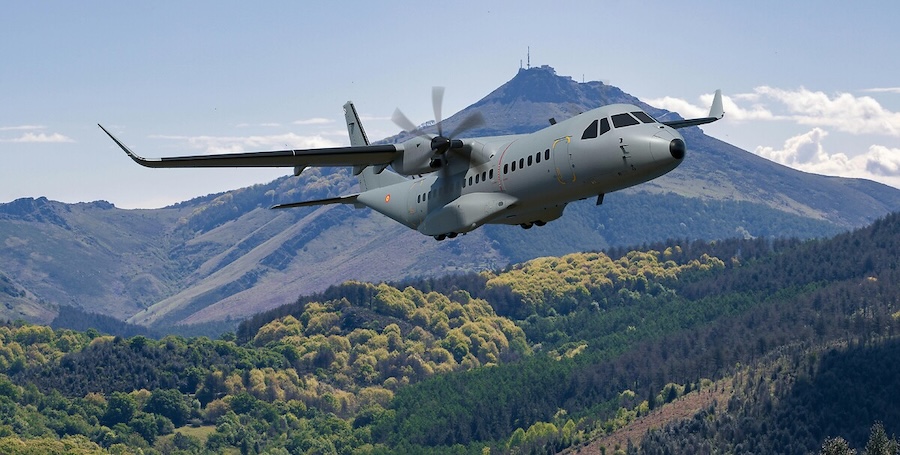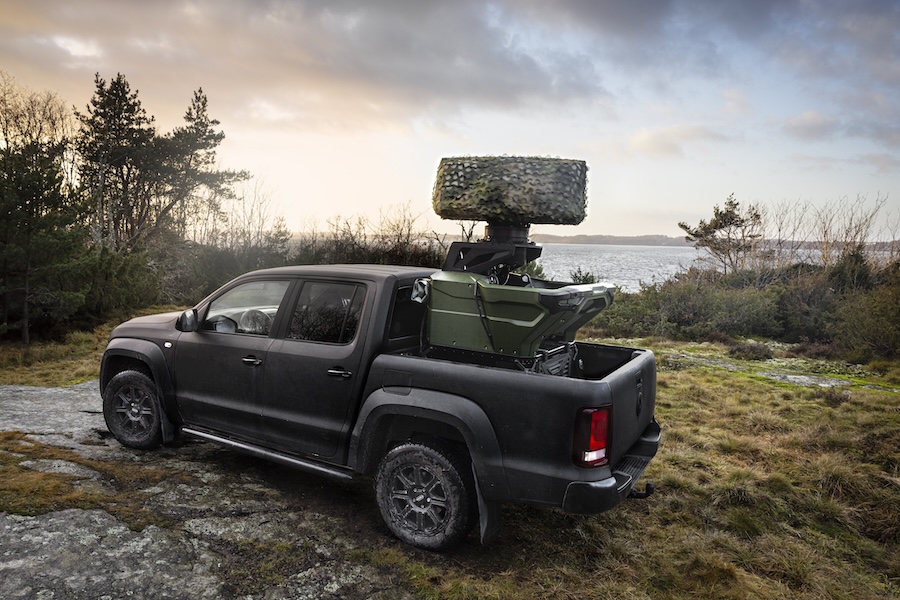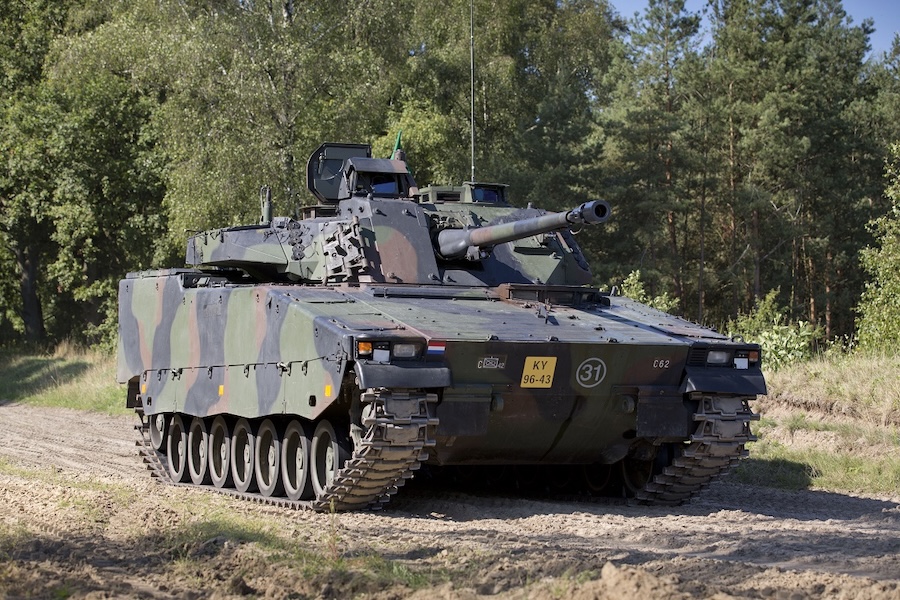A major factor in artillery range is cannon length, with longer barrels allowing greater expansion of propellant gases. The M109A7 retained the 39-calibre 155mm tube of its predecessor, a standard first introduced on the M109A1.
While the Army explored a 58-calibre tube under the Extended Range Cannon Artillery programme, industry efforts considered the use of a 52-calibre length tube on the M109A7. That effort led to BAE Systems’ development of the M109-52 prototype.
In June, BAE Systems announced a Cooperative Research and Development Agreement with the Army Combat Capabilities Development Command Armaments Center to advance the M109-52 design. “The M109-52 is a lethality upgrade to the M109A7,” said Dan Furber, product line director for artillery programmes at BAE Systems.
“Essentially, we’ve taken the proven M109A7 that’s in production today and integrated the 52-caliber Rheinmetall L52 cannon. It’s still a 155mm cannon, but at that 52-caliber size, it almost doubles the [maximum] range of the 39-caliber M109A7 with a non-precision munition and more than doubles the range of the M109A7 when it comes to precision fires,” he said.
Furber noted that BAE has invested “several million dollars” in the concept over “several years.” He added, “The Army has stated that they have a need for increased range. That was the goal [of] the Extended Range Cannon Artillery program. We came in thinking about it from a more direct support armored brigade combat team kind of approach in parallel with ERCA. This provides an incremental increase in capability that both satisfies the armored brigade combat team needs for increased range and helps the division artillery formations with increased range for the deep fight.”
The Rheinmetall L52 was chosen following an extensive analysis of alternatives. “The L52 cannon is on several platforms today throughout the world, with many of our allies using the L52. We sorted through almost 20 different cannons in our analysis of alternatives, and the L52 rose to the top. It’s very mature. It’s very well refined. And it works very well with how we’ve integrated it into the M109A7,” Furber said.
He acknowledged the role of Watervliet Arsenal in New York, a government-owned facility producing Army cannons including those supplied to Ukraine. “That’s not to say that they don’t produce developmental cannons, but we were really looking for something that’s mature and available for quick integration. Today, we are working with the U.S. government to figure out how we could ‘onshore’ production of the L52 cannon and put that as part of the Watervliet menu of items that they can build. That’s still in the works, but I suspect one day we could see an L52 being produced out of Watervliet,” he said.
Development work also extends to supporting platforms such as the M992A3 Carrier Ammunition Tracked vehicle. “Our model-based systems engineering approach has looked at concepts to increase the rate of fire on the M109-52 to get to eight or nine rounds a minute,” Furber said. “We’re working on concepts for that, and we’re sharing those concepts with the U.S. Army.”
He added that BAE is exploring ways to improve ammunition resupply from the M992A3. “We hope to get the M109-52 into a soldier touchpoint, potentially next year, to get soldier feedback on our system,” he said. “And that will then come back into that design iteration to help us refine that design a bit more.”
Source: National Defense Magazine.









